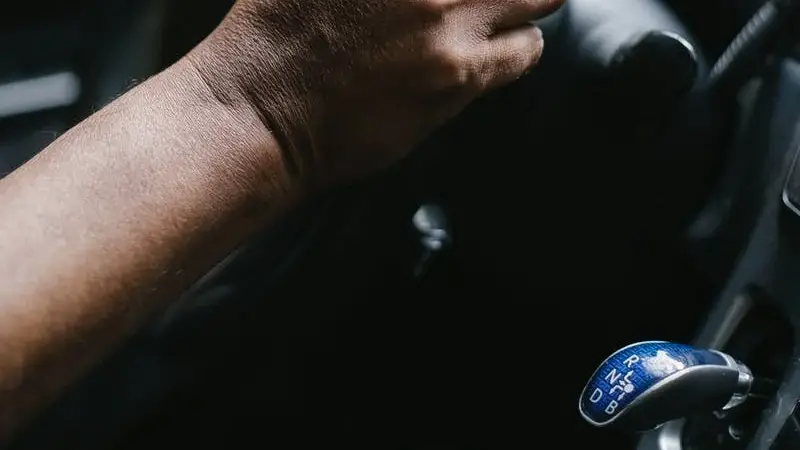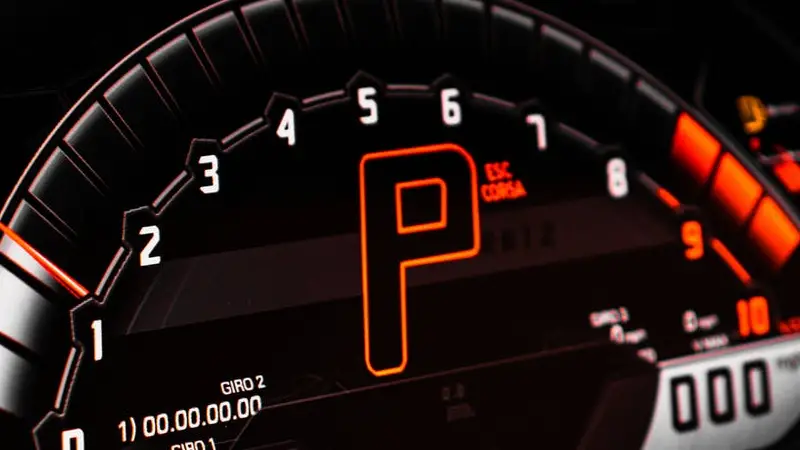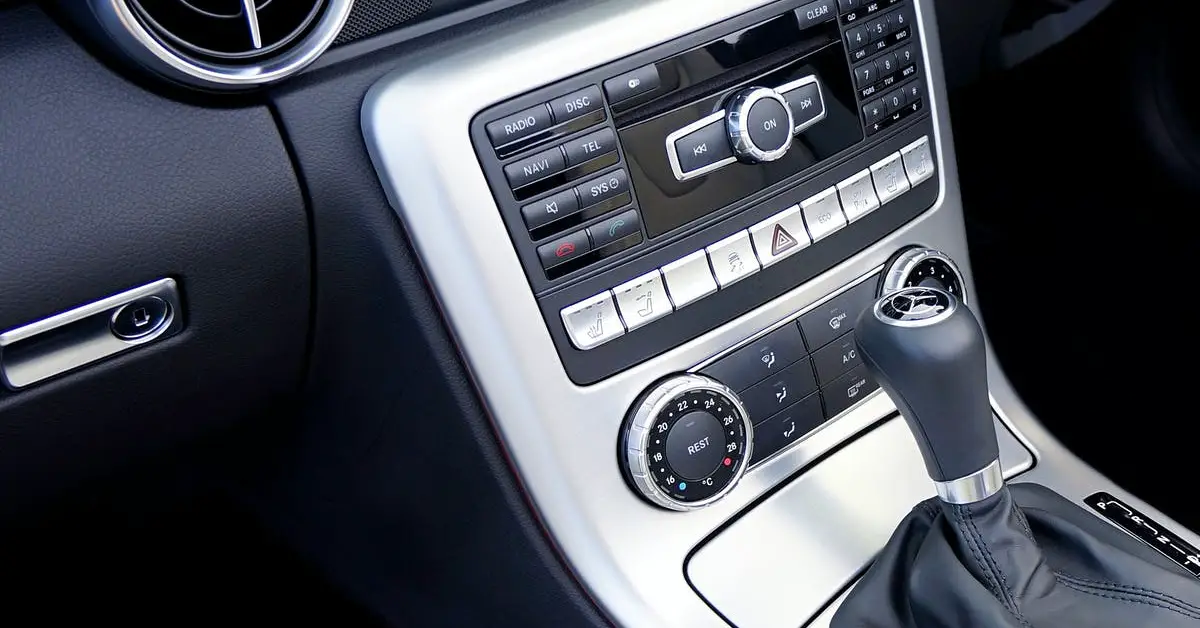The issue with many automatic transmissions is that they go down rather than up. An old-fashioned automatic transmission will shift if the engine power is insufficient to maintain the current speed and up if the power is adequate. So, how do you drive an automatic car up a steep hill?
If you are riding at a good pace for the road conditions and traveling downhill, the automobile must not automatically raise its speed. If it does, you must shift down. If the hill is steep such that the car must roll down in first gear without gaining speed, so be it. That will not harm the engine.
All current cars now include a Hill Start option, making it simple for drivers to maneuver through hilly regions. Continue reading this article to the end to learn more about this feature and its benefits. I will also be answering some questions regarding Hill Start.
Can an Automatic Car Climb a Hill?

An automatic vehicle is capable of driving up a hill. However, you must take particular actions to accomplish this efficiently.
Should an Automatic Car Roll Back on a Hill?
Automatic cars can still roll backward on a hill while in gear. But, they shouldn’t roll backward when the parking brake is released. If you begin to move back, you can remedy this by gently applying the accelerator. Additionally, the majority of newer automatics will include hill start assist.
Hill Starting Without Rolling Back in an Automatic Car
If you’re wondering how to do a hill start in an automatic vehicle without rolling backward, look no further. You are most certainly not alone in this.
You are not alone in experiencing this anxiety-inducing sensation. The one you get when you come to a standstill on a slope due to a red light or stop sign and see a massive vehicle behind you.
You are aware that you are ascending a difficult hill. Perhaps it is raining or snowing. Maybe you are aware that your tires may be substandard. When the light turns green, you know it’s time to shift your foot from the brake to the gas.
However, the automobile begins to move backward, you add more gas, your tires spin, and anxiety arises. Do not be concerned, and we can put an end to this.
Hill Start Without Rolling Back in an Automatics

I hope you’re not opposed to a bit of multitasking – you can use both feet! Generally, driving instructors would advise students never to use their second foot when driving.
In an emergency, your brain may become confused, and you may strike the incorrect one. Additionally, individuals will fail the ICBC road test, If they’re pedaling with two feet.
It is simply not seen as safe. Nevertheless, you could use two feet on the pedals in this scenario. This is the only time you should drive an automatic with two feet on the pedals.
How to Use Two Feet on the Pedals for Hill Start Without Rolling Back
As usual, after coming to a complete stop, you can place your left foot on the brake pedal. Thus, your right foot would normally use the brake pedal to bring the car to a halt. And, then you can easily add your left foot to the brake pedal simultaneously.
It’s not complicated; slide it alongside the other foot. After then, place your right foot on the gas. As a result, your left foot pushes the brake while your right foot gently rests on the gas pedal.
At this moment, the car may be left stopped for a short period as you wait for your green light, for example. When you are ready to begin, carefully apply pressure on the gas.
After applying a small amount of gas, gradually release the brake. Increase the gas pressure slightly, and you will notice the automobile attempting to move. Then, slowly let off the brake and drive away.
Now remove your left foot and place it on the ‘dead pedal,’ if you have one. This does require some practice, but you will quickly become an expert.
Otherwise, avoid using two feet on the pedals, which can cause confusion in an emergency.
Hill Start Control’s Advantages

It’s self-evident that hill-start control has several advantages: It can make driving easier in some situations.
After all, no one wants their vehicle to descend a slope reverse. There are too many possible outcomes in such circumstances. The system benefits not just the driver, but also the people behind the car.
For public safety, hill-start control technology may become standard on all vehicles in the future. Everyone should take driving safety extremely seriously.
Additionally, hill-start control avoids wear and tear on other components of the car, such as the handbrake, that would be needed to perform the same function manually. A manual gearbox vehicle has less clutch wear since you don’t have to ride the clutch when beginning up a slope.
By using hill-start control, you alleviate some of the strain on your engine and transmission, which would otherwise have to resist the car’s backward momentum in order to accelerate.
Nobody would dispute that hill-start assist is not as critical as airbags or seat belts. The majority of car accidents that occur when a motorist fails to accelerate their vehicle quickly enough while driving uphill are not fatal, regardless of how far the vehicle reverses or how much weight it is carrying.
However, maneuvering a car up a slope is significantly more common than being involved in a tragic accident. If you’re fortunate, you’ll never have to use your car’s airbags. On the other side, hill-start control may be helpful on a daily basis.
Numerous specialized safety features, such as backup cameras, are now available on automobiles. While they are not necessarily necessary for safe driving, they certainly contribute to the enjoyment and worry-free nature of the experience. Hill-start control is one of these devices.”

